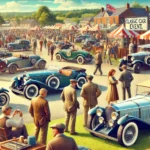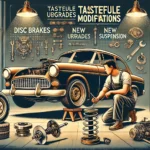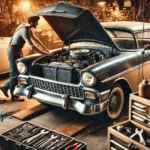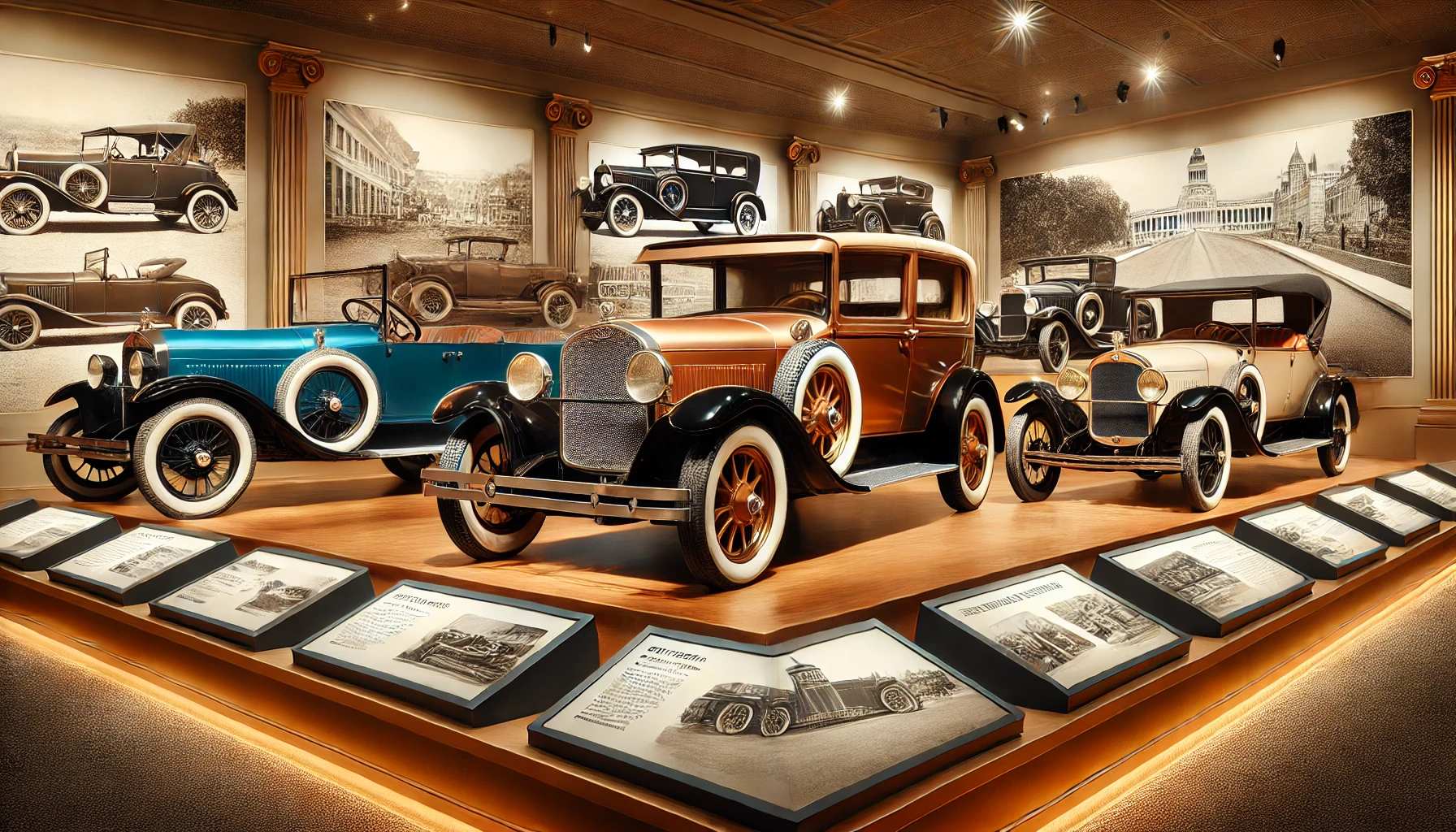Classic cars are more than just vehicles; they are pieces of history, engineering marvels, and symbols of style that have captured the imagination of generations. From the birth of the automobile to the golden age of design, here’s a journey through the history of classic cars and how they became timeless icons.
1. The Early Days: The Dawn of Automobiles (1880s–1920s)
The journey of classic cars began with the invention of the automobile in the late 19th century.
- The Benz Patent-Motorwagen (1886): Regarded as the world’s first car, Karl Benz’s creation laid the foundation for personal transportation.
- Ford Model T (1908): Henry Ford revolutionized the industry with the Model T, the first mass-produced car, making automobiles accessible to the average person.
- Luxury Emerges: Brands like Rolls-Royce and Cadillac began producing elegant and powerful vehicles for the wealthy.
Legacy: These early cars demonstrated innovation and became the blueprint for future generations of vehicles.
2. The Roaring Twenties and Thirties: Elegance and Power
During the 1920s and 1930s, automobiles became symbols of luxury and status.
- Art Deco Influence: Cars like the Bugatti Type 57 and the Duesenberg Model J showcased sleek, aerodynamic designs inspired by the Art Deco movement.
- Advancements in Engineering: This era introduced innovations like V8 engines and hydraulic brakes, enhancing performance and safety.
- Racing Culture: Events like the 24 Hours of Le Mans gained popularity, further fueling the public’s fascination with automobiles.
Notable Models:
- Bugatti Type 35
- Rolls-Royce Phantom I
- Packard Eight
Legacy: Cars from this period are prized for their craftsmanship and artistic appeal, often seen in museums and private collections.
3. The Post-War Boom: The 1940s–1950s
The end of World War II marked a new era for the automobile industry, with bold designs and a focus on performance.
- American Muscle and Style: Cars like the Chevrolet Bel Air and the Ford Thunderbird became symbols of prosperity in the United States.
- European Elegance: Jaguar, Aston Martin, and Mercedes-Benz produced refined, high-performance vehicles, including the iconic Mercedes-Benz 300SL Gullwing.
- Pop Culture Connection: Cars began appearing in movies, music, and advertisements, embedding them into the fabric of popular culture.
Notable Models:
- Chevrolet Corvette (1953)
- Porsche 356 (1948)
- Ferrari 250 GT (1950s)
Legacy: The 1950s established the foundation for modern car culture, blending performance, style, and mass appeal.
4. The Swinging Sixties: The Golden Age of Automotive Design
The 1960s are often referred to as the golden age of classic cars due to the iconic models and groundbreaking designs that emerged.
- Muscle Cars: The Ford Mustang, Dodge Charger, and Chevrolet Camaro defined the American muscle car era with their powerful engines and bold styling.
- European Masterpieces: Brands like Ferrari, Lamborghini, and Aston Martin introduced legendary models like the Ferrari 250 GTO and the Lamborghini Miura.
- Innovations: This era saw advancements in aerodynamics, safety features, and performance tuning.
Notable Models:
- Jaguar E-Type (1961)
- Lamborghini Miura (1966)
- Ford Mustang (1964½)
Legacy: The cars of the 1960s remain some of the most sought-after collectibles, celebrated for their blend of beauty and performance.
5. The 1970s–1980s: Changing Tides
The 1970s and 1980s brought new challenges and opportunities for the automotive industry.
- Oil Crisis: The 1973 oil crisis led to a shift toward more fuel-efficient vehicles, influencing design and engineering.
- Japanese Automakers Rise: Brands like Toyota, Honda, and Nissan gained popularity with reliable and affordable models.
- Iconic Sports Cars: Cars like the Porsche 911 and the BMW 3 Series became symbols of performance and luxury.
Notable Models:
- Porsche 911 Carrera RS (1973)
- BMW 2002 Turbo (1973)
- Ferrari Testarossa (1984)
Legacy: The cars of this era reflected changing consumer preferences and laid the groundwork for modern vehicles.
6. Why Classic Cars Are Timeless Icons
Classic cars continue to capture the imagination of enthusiasts for several reasons:
- Design: Timeless aesthetics and handcrafted details set them apart from modern vehicles.
- Engineering: Many classic cars were ahead of their time, showcasing innovative technologies and performance capabilities.
- Nostalgia: They evoke memories of a bygone era, appealing to collectors and fans of automotive history.
Preserving Automotive History
Classic cars are more than just vehicles; they are works of art and symbols of innovation. Organizations, museums, and collectors play a vital role in preserving these treasures for future generations. Whether you admire them for their beauty, performance, or historical significance, classic cars remain timeless icons that continue to inspire and delight.








